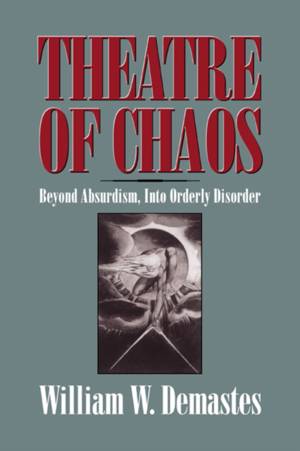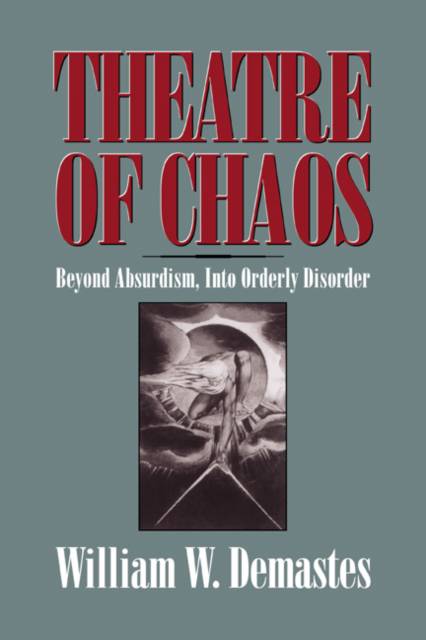
- Afhalen na 1 uur in een winkel met voorraad
- Gratis thuislevering in België vanaf € 30
- Ruim aanbod met 7 miljoen producten
- Afhalen na 1 uur in een winkel met voorraad
- Gratis thuislevering in België vanaf € 30
- Ruim aanbod met 7 miljoen producten
Zoeken
€ 60,95
+ 121 punten
Omschrijving
In this unique and invigorating study, chaos theory and quantum mechanics are employed as the basis for a clearer understanding of the often confusing contemporary theatre world. Examining numerous antecedents to contemporary thought on chaos and the cultural roots of the notion of chaos, links are provided to playwrights ranging from Shakespeare to Ibsen and Tom Stoppard to Sam Shepard. William Demastes investigates parallel developments across the arts and sciences: connections between the dramatic naturalism of the late nineteenth century and Newtonian thought, and theatre of the absurd and disorderly chaos theory. After centuries of isolation and increased specialisation, the author contends, it may once again be time to consider the 'arts' and 'sciences' not as two isolated enterprises but to acknowledge interrelations between them.
Specificaties
Betrokkenen
- Auteur(s):
- Uitgeverij:
Inhoud
- Aantal bladzijden:
- 212
- Taal:
- Engels
Eigenschappen
- Productcode (EAN):
- 9780521619868
- Verschijningsdatum:
- 17/02/2005
- Uitvoering:
- Paperback
- Formaat:
- Trade paperback (VS)
- Afmetingen:
- 156 mm x 234 mm
- Gewicht:
- 303 g

Alleen bij Standaard Boekhandel
+ 121 punten op je klantenkaart van Standaard Boekhandel
Beoordelingen
We publiceren alleen reviews die voldoen aan de voorwaarden voor reviews. Bekijk onze voorwaarden voor reviews.











